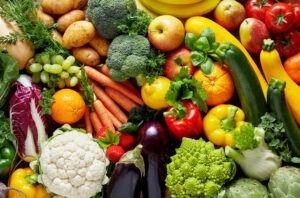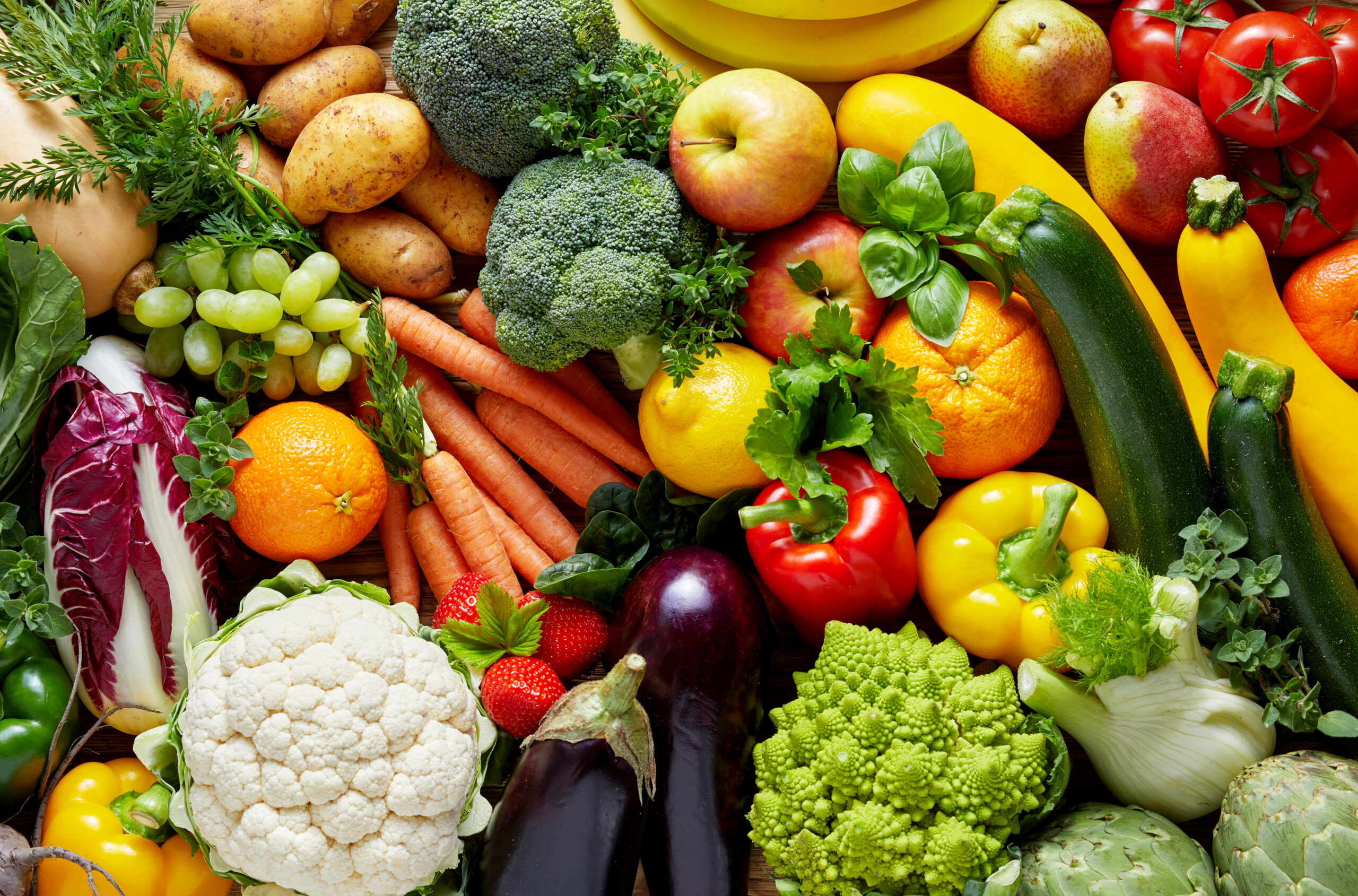Local Produce is Healthier Produce
Courtesy Big Wheelbarrow

Here’s something to consider — less than 5 percent of the food grown in the Buffalo region makes it to Buffalo grocery stores, according to the U.S. Department of Agriculture. Every season, 95 percent of fresh, nutrition-dense food grown nearby is trucked out of state.
Why? Because the food supply chain for grocery stores is designed to accommodate very large farms, the majority of which are in California, Florida, and Mexico. Put another way — it takes just as much effort to order 100 pounds of tomatoes grown in Syracuse as it does 1,000 pounds grown in Florida. For a grocer trying to stock shelves every day with fresh produce, it’s less labor to go with a large order from a large farm, even though local tomatoes are fresher, juicier, and more nutritious, not to mention abundant.
University of California studies show that vegetables can lose 15 to 55 percent of vitamin C within a week. Some spinach can lose 90 percent within 24 hours after harvest. Many of those vegetables in the grocery store may be at least a week old, or older.
The pandemic has shown us that supply chains that rely on global connections break easily. That’s a food security issue for Buffalo and every city in the United States. Now is the time for cities to put food sustainability on the agenda.
The good news is that Buffalo has taken some steps. 43North, the investment program for startups managed by the city and the state, awarded Austin software firm Big Wheelbarrow $500,000 to grow its online platform that makes it easy for grocers like BIg Y, Tops, and Market 43 to order directly from local and regional farms. It already has a strong presence in the state with those grocers, and is moving its offices to Buffalo in 2022.
“Western New York is a great region to grow food with very competitive supermarkets, so it makes sense that so much of our business is based here,” says Sam Eder, CEO of Big Wheelbarrow. He adds, “We want to help change those USDA numbers about how much locally grown food goes to Buffalo area grocery stores.”
Big Wheelbarrow’s platform lets grocers see all the farms near their stores, available farm inventory, and then order it directly, much like consumers use Amazon to order items in a single cart that may be from multiple vendors. It replaces the current system, which Eder describes as post-It notes, text messages, and faxes.
New York-based farms have jumped aboard because it provides a sales outlet that they may not have been able to crack. Paal Elfstrum, who runs Wheatfield Gardens, says the opportunity to see their produce in stores like Tops is a financial win, and a point of pride. “Seeing our name in the store, and our friends and family who see our name, is pretty big for us,” he says. “It really brings home how much pride we have for Buffalo and what we do.”
Visit www.bigwheelbarrow and www.wefunder.com/big.wheelbarrow to learn more about Big Wheelbarrow. Learn more about 43North at www.43north.org.












